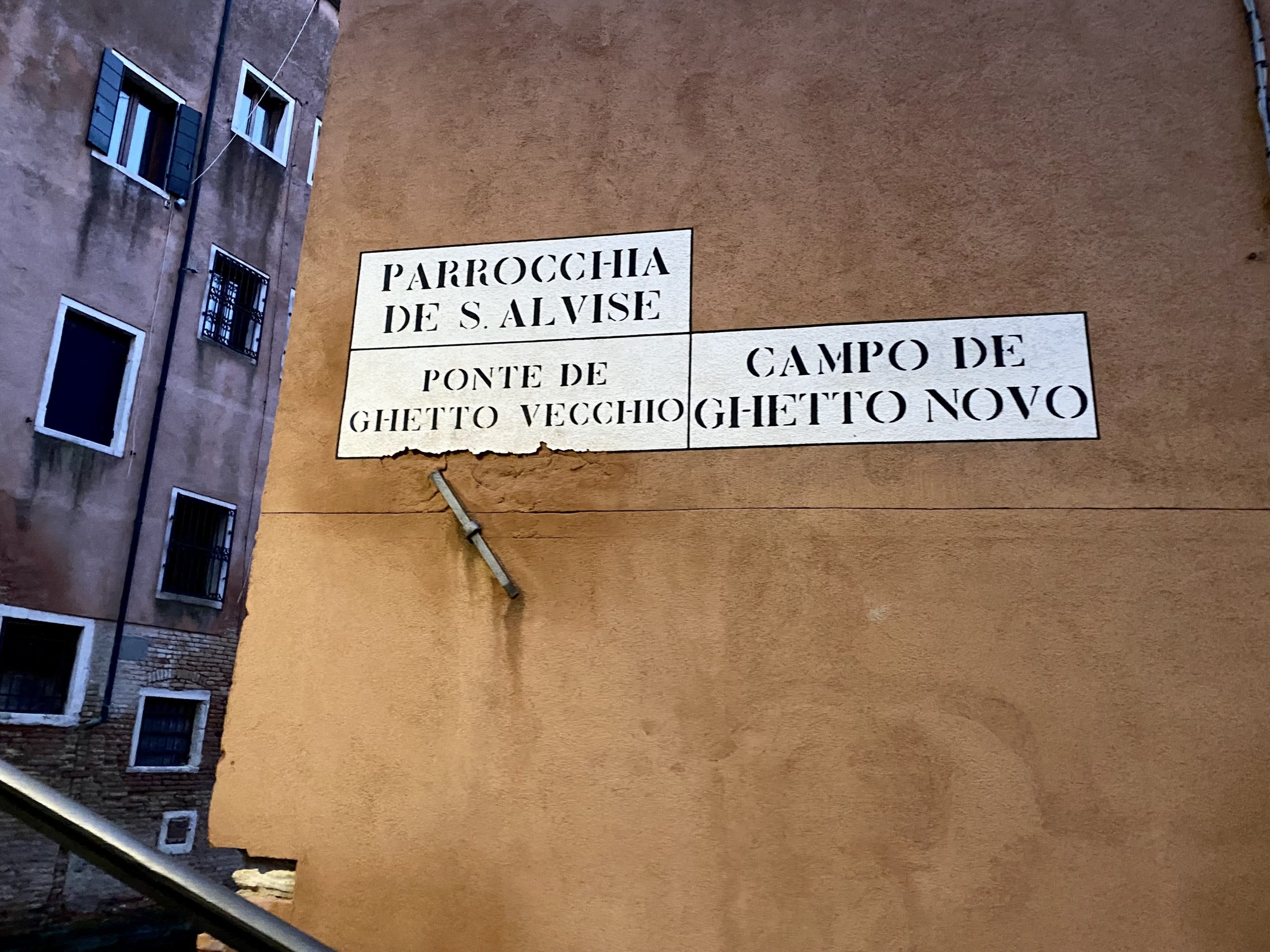
The Venetian Ghetto – It’s Not What You Think It Is
Today, for many Americans, the word “ghetto” conjures images of racially segregated urban neighborhoods ridden with crime, gang violence, and poverty. However, it wasn’t until my trip to Venice this past week that I discovered the origins of the term, and how its meaning has changed over time.
During the early 1500s, the government of the Venetian Republic confined its Jewish populations in the Cannaregio sestiere (district) of Northern Venice. By instituting this neighborhood, the Venetian Ghetto, the government simultaneously included and excluded Jews from the remaining Christian population that resided in Venice. The Jews were allowed to work in the city and lived in their own quarters — opportunities that were not available to them before. However, they were forced to wear a yellow hat or badge as an insignia to distinguish them from Christians.
During this time, many countries did not allow Jews on their territory. The fact that Venice accepted Jews into the island, even if they were “ghettoized”, made it more open, tolerant, and less anti-Semitic than their neighbors.
Many families who settled in the Venetian Ghetto came from many countries across Europe, and the neighborhood eventually became a cultural hub for the local community. As the Jews were able to operate their own businesses and sustain their livelihoods, they started to establish synagogues and congregations, and the community continued to grow. They remained very active members of society, serving as merchants, bankers, authors, and artists. This created a lasting impact on Venetian language, cuisine, dance, and music.
Over the years, the term “ghetto” in America has lost the sense of forced segregation, the meaning it has held for centuries. Today, it is a word of very negative connotations, and is now used more often as a slang term that is generally considered an offensive stereotype for racial minorities. Understanding the history behind this term and juxtaposing its American and Italian connotations was such an eye-opening experience for me. The next time I hear the term, not only will I be reminded of the plight of social minority groups, but I will commemorate its rich history and significant impact on Venetian culture.

